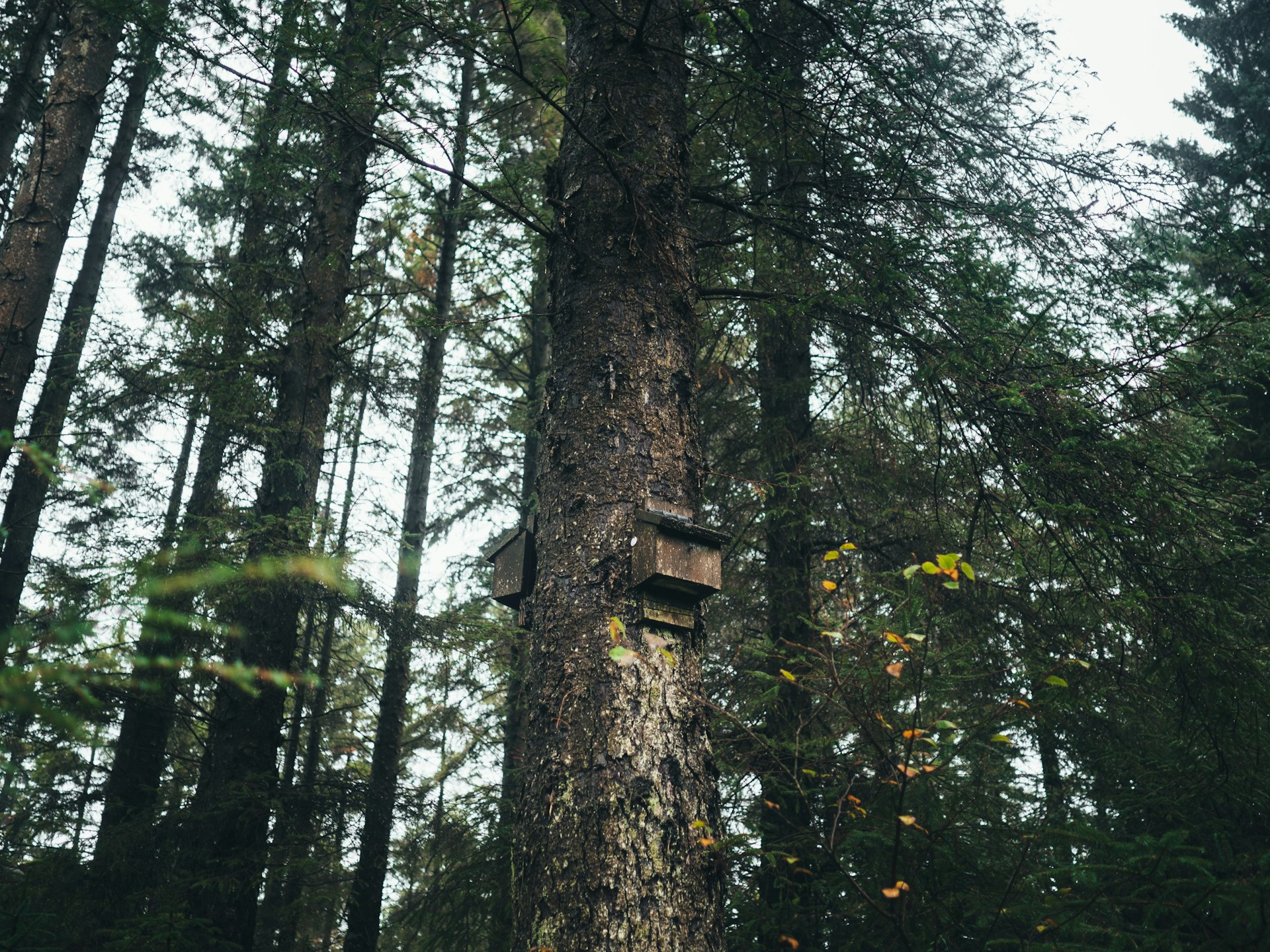Building a bat box in your garden presents an amazing opportunity to contribute to wildlife conservation while benefitting your landscape. Bats play a crucial role in the ecosystem by pollinating plants and controlling insect populations. A bat box offers a safe and comfortable habitat for these nocturnal creatures right on your property. Here’s how you can build your own bat box in five easy steps.
Choosing the Right Location for Your Bat Box
Picking a suitable location for your bat box is essential to attract bats. Sites with abundant sunlight exposure are ideal, keeping the bat box warm and inviting. Mounting your box on pole or a building often yields better results than trees, which are easy access for predators and less sunny. Remember to place the box at least fifteen feet from the ground, out of reach of predators. Interested in a more comprehensive guide? Check out this informative piece on how to build a bat house.
Sourcing Suitable Materials
Next, consider the materials. Use durable, untreated wood like cedar or plywood. Treated wood or metal can make the box uninhabitable due to harsh chemicals or overheating. Leave the interior unpainted, but the exterior can be painted a dark shade to help trap heat. Ensure to use paints with no volatile organic compounds. If you need more advice, this Dunn Lumber DIY guide offers great tips on choosing bat-safe materials.
Assembling the Bat Box
Creating your bat box involves more than nailing pieces of wood together. You need to factor in ventilation, landing areas, and grip for the bats. Consider a two-chamber design to provide additional shelter. Leave rough surfaces or add grooves within the box to provide grips where bats can cling. For a detailed step-by-step guide on assembly, various resources are available online.
Mounting Your Bat Box
Safety and accessibility are key when mounting your bat box. Place the box high off the ground, at least fifteen to twenty feet, and make sure it is stable and securely attached to the pole or building. Aim for a place that’s hard to reach for cats and other common predators, yet easy for bats. Here’s a helpful article from Georgia Wildlife on bat house placements.
Establishing a Bat-friendly Environment
To make bats feel at home, keep your garden environment-friendly. Limit the use of pesticides, as bats feed on insects. Grow native flowering plants that attract insects to provide a ready supply of food. Whitewashing an old tree near your bat box can also attract bugs. Lastly, while bats are nocturnal, they prefer a dimly lit environment over a completely dark one.
Incorporating a bat box in your garden is a fantastic opportunity to make an impact on local wildlife. With this guide, you’re well on your way to providing a comfy new home for bats in your locality.

